Jasmine or Basmati Rice: Which Grain to Pick?
Jasmine and basmati rice hold special places in many global cuisines with their distinct aromas and textures.
Each type brings unique qualities to the table, satisfying different culinary needs across various Asian dishes.
The subtle differences between these two popular varieties make them suitable for specific regional recipes that families have enjoyed for generations.
Many home cooks prefer jasmine rice for its slightly sticky consistency, while others choose basmati for its fluffy, separate grains after cooking.
Both options deliver exceptional flavor profiles that complement rather than overpower the main dish components on your plate.
Continue reading to learn which rice variety might become the perfect match for your next homemade meal.
Discovering The World of Rice
Rice is a staple food for more than half the world’s population, prized for its versatility, affordability, and nutritional value. It comes in many varieties, such as long-grain, short-grain, jasmine, basmati, and sticky rice.
They have unique textures and flavors suited to different dishes and cuisines.
Rice can be cooked in numerous ways: steamed, boiled, fried, or ground into flour, and serves as a foundation for many meals, from simple side dishes to elaborate cultural specialties.
Beyond being a source of carbohydrates and energy, rice also provides some protein, vitamins, and minerals, making it an essential part of diets globally.
But today, we'll not get through all kinds of rice.
In this article, let's dig in 2 famous types: jasmine and basmati rice.
Overview of Jasmine Rice
Jasmine rice is a fragrant, long-grain variety of rice originally from Thailand, prized for its delicate floral aroma and slightly sticky texture when cooked.
Known as “Thai fragrant rice,” it has a naturally sweet and nutty flavor that complements a wide range of dishes, especially in Southeast Asian cuisine.
Jasmine rice cooks up soft and fluffy, with grains that cling together just enough to be picked up easily with chopsticks or a fork.
It’s commonly used as a side dish for curries, stir-fries, and grilled meats, enhancing meals with its subtle fragrance and pleasing texture.
Overview of Basmati Rice
Basmati rice is a long-grain, aromatic rice variety originating from the Indian subcontinent, particularly India and Pakistan.
It’s celebrated for its distinctive nutty flavor, fragrant aroma, and fluffy, non-sticky texture when cooked. Its name actually means "fragrant" in Hindi, which explains why so many people adore it.
The grains of basmati rice are slender and elongate further after cooking, making it a favorite for dishes like biryanis, pilafs, and other South Asian and Middle Eastern recipes.
Unlike some other rice types, basmati rice has a lower glycemic index, which means it releases energy more slowly and can be a better choice for blood sugar management.
Jasmine vs Basmati: Discovering Their Differences
Rice varieties like jasmine and basmati have more differences than many people realize. Here's a table to differentiate them.
| Feature | Jasmine Rice | Basmati Rice |
| Grain Appearance | Long-grain, shorter with rounded ends | Long-grain, slender with pointed ends |
| Aroma | Sweet, floral, pandan-like scent | Nutty, floral, subtle aromatic scent |
| Texture (cooked) | Soft, moist, slightly sticky, chewy | Fluffy, dry, non-sticky, separate grains |
| Taste | Mildly sweet and nutty | Nutty, aromatic, mild flavor |
| Nutritional Value | Slightly higher calories, more fiber | Lower glycemic index, more iron, less fiber |
| Varieties | Mainly white and brown | Many hybrids, including aged varieties |
| Preparation | Rinse to reduce stickiness, soaking optional | Soak 20-30 minutes to ensure even cooking |
| Best Cooking Method | Rice cooker, stovetop with precise water ratio | Rice cooker, absorption method, drain excess water |
| Best Used For | Stir-fries, grilled dishes, soups, sushi substitute | Indian and Middle Eastern dishes, curries, biryanis |
Grain Appearance
Jasmine and basmati rice are both classified as long-grain varieties, but their shape and size differ noticeably. Jasmine rice grains tend to be shorter and plumper, with rounded ends that give them a slightly curvy look.
Basmati grains are slender and elongated with sharp, pointed tips. Additionally, basmati rice grains appear more translucent when uncooked, indicating a lower moisture content. This difference in grain structure influences how they cook and their final texture.
Aroma
Jasmine rice is famous for its sweet, floral fragrance often described as pandan-like, with subtle hints of popcorn. This makes it particularly popular in Southeast Asian cuisines, where aroma plays an important role.
Basmati rice offers a more subdued but nutty and floral scent. Its aroma is often considered more complex and less sweet than jasmine’s.
Texture (Cooked)
The texture difference between jasmine and basmati rice is significant. Jasmine rice contains more amylopectin starch, which causes the grains to be softer, moister, and somewhat sticky when cooked. This makes jasmine ideal for dishes where a slightly clingy texture is preferred, such as stir-fries or as a sushi rice substitute.
Basmati rice has a higher amylose content, which helps the grains remain separate, fluffy, and dry after cooking. This dry and non-sticky texture makes basmati perfect for dishes like biryanis and pilafs where individual grains are prized.
Taste
Though rice is often seen as a neutral base, jasmine and basmati each carry unique flavor profiles. Basmati has a nutty, slightly earthy flavor with a subtle floral undertone, complementing the bold spices in Indian and Middle Eastern cuisine.
Jasmine rice offers a milder sweetness with a gentle nuttiness, lending a fragrant and delicate touch to dishes. Its flavor profile works well with lighter Asian dishes and grilled foods. These taste differences can affect pairing choices and overall dish balance.
Varieties
Jasmine rice mainly comes in two forms: white and brown. The brown variant retains the bran layer, providing extra nutrients and fiber. Basmati rice is much more diverse, with dozens of hybrids available, especially in India and Pakistan.
Traditional varieties like Basmati 370 and 385 have been surpassed by newer hybrids such as Pusa Basmati 1121, prized for its aroma and grain length. This diversity allows cooks to select basmati types that best suit their texture, flavor, and cooking preferences.
Nutritional Value
Jasmine rice typically has slightly more calories and fiber but also a higher glycemic index (GI), which means it raises blood sugar levels more quickly.
Basmati rice scores lower on the GI scale, making it a preferred choice for people managing blood sugar or seeking longer-lasting energy.
Brown versions of both varieties offer more vitamins, minerals, and fiber, including copper, manganese, and phosphorus, which support overall health.
Preparation Method
Proper preparation is key to cooking both rice types perfectly. Basmati rice typically benefits from soaking in water for 20 to 30 minutes before cooking. Soaking hydrates the grains and reduces cooking time, helping them cook evenly and become fluffier.
Jasmine rice is naturally more moist, so soaking is optional but rinsing several times under cold water is recommended to wash away excess starch and prevent clumping. Skipping rinsing may result in sticky, gummy rice.
Best Cooking Technique
Both jasmine and basmati rice can be cooked with a rice cooker, stovetop, or even a slow cooker or microwave.
Basmati rice often requires draining excess water after boiling or cooking via the absorption (steaming) method to ensure fluffy, separate grains.
Jasmine rice can be cooked similarly but tends to require less water, given its inherent moisture content. Using the right water-to-rice ratio and cooking time is crucial to avoid soggy or undercooked rice for both types.
Best To Make
Basmati rice is famously paired with Indian and Middle Eastern dishes such as biryanis, curries, and kebabs, where its fluffy texture absorbs rich sauces without becoming mushy. Its firm grains hold up well to mixing and layering.
Jasmine rice, with its softer texture and fragrant aroma, complements Southeast Asian dishes like Thai curries, stir-fries, and grilled meats. It also works as a substitute for sushi rice in a pinch.
Cooking Jasmine And Basmati Rice: How-To
Cooking perfect jasmine and basmati rice requires attention to water ratios, soaking, and cooking times, as these steps affect texture and fluffiness.
For basmati rice, soaking the grains for about 20-30 minutes before cooking helps hydrate the rice and ensures even cooking.
Jasmine rice generally does not require soaking but should be rinsed several times until the water runs clear to remove excess starch and prevent clumping. When cooking, jasmine rice needs slightly less water than basmati due to its higher moisture content.
After cooking, let the rice rest covered for 5-10 minutes before fluffing with a fork to separate the grains perfectly.
Here is a rice-to-water-ratio table for different cooking methods.
| Cooking Method | Jasmine Rice (Rice : Water) | Basmati Rice (Rice : Water) |
| Rice Cooker | 1 : 1 1/4 | 1 : 1 1/2 |
| Stovetop | 1 : 1 1/4 | 1 : 1 1/2 |
| Slow Cooker | 1 : 2 | 1 : 2 |
| Instant Pot | 1 : 1 | 1 : 1 |
Best Tricks to Store Jasmine and Basmati Rice
Following these tips will help maintain the flavor, texture, and quality of your jasmine and basmati rice for months.
Got Questions? We’ve Got Solutions
1. Which rice is healthier, jasmine or basmati?
Basmati rice has a lower glycemic index than jasmine rice, making it a better choice for people watching their blood sugar levels. Basmati also contains more fiber and fewer calories per serving.
2. Can I substitute jasmine rice for basmati rice in recipes?
Yes, you can substitute one for the other, but be aware that the flavor and texture will be different. Jasmine rice is stickier and has a more floral aroma, while basmati is drier with a nutty flavor.
3. How do cooking times differ between jasmine and basmati rice?
Jasmine rice typically cooks faster, needing about 15-20 minutes, while basmati rice requires 20-25 minutes. Basmati also benefits from soaking before cooking, which jasmine doesn't necessarily need.
4. Which cuisines traditionally use jasmine versus basmati rice?
Jasmine rice is commonly used in Southeast Asian cuisines, especially Thai and Vietnamese dishes. Basmati rice is the traditional choice for Indian, Pakistani, and Middle Eastern cooking.

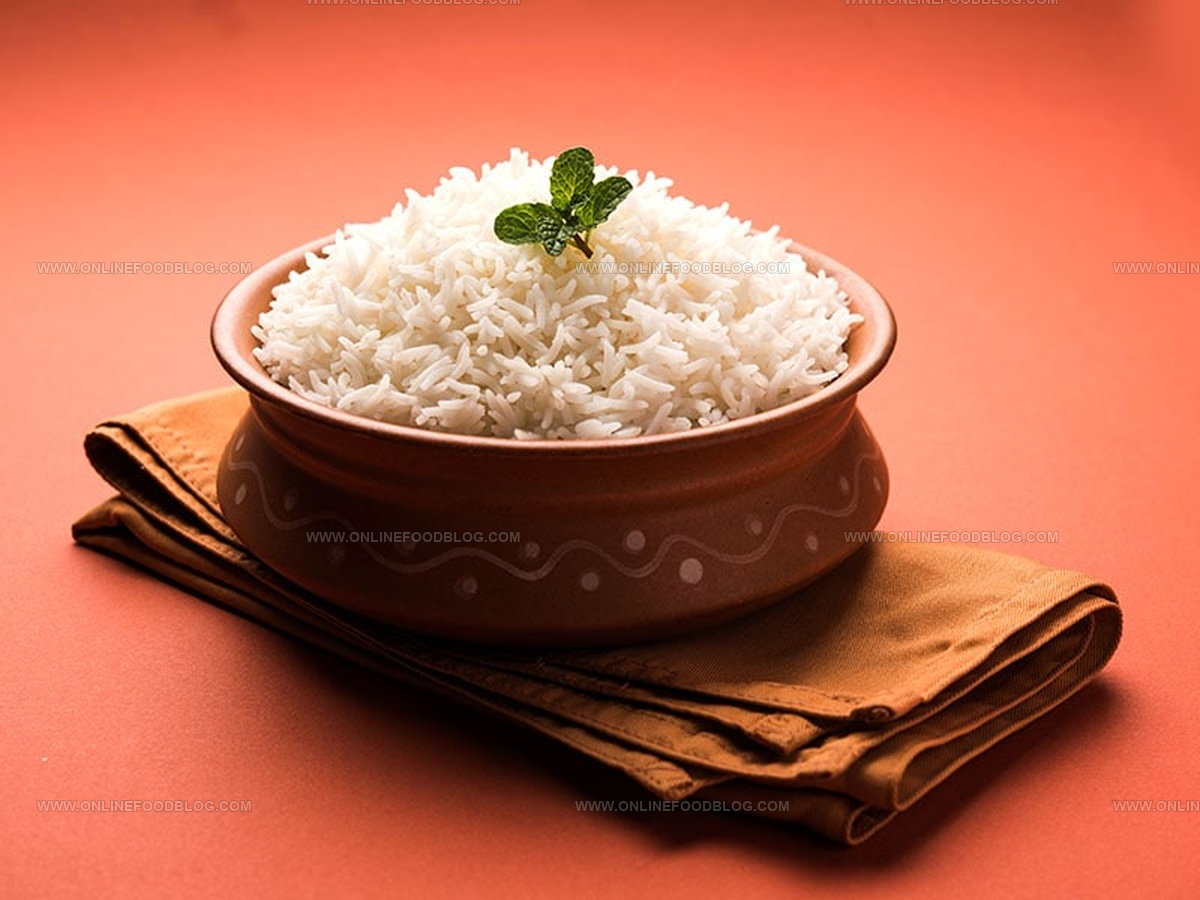
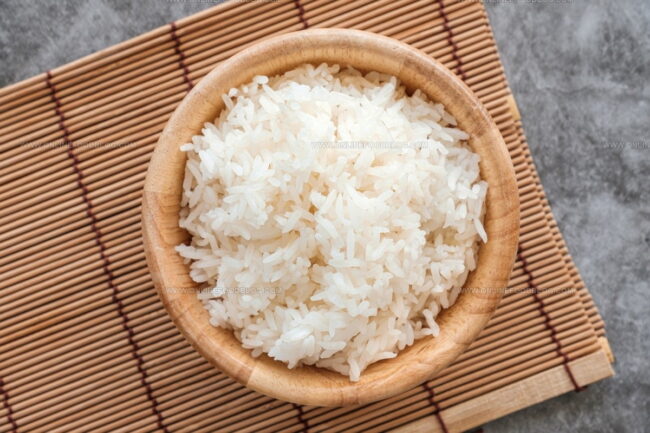
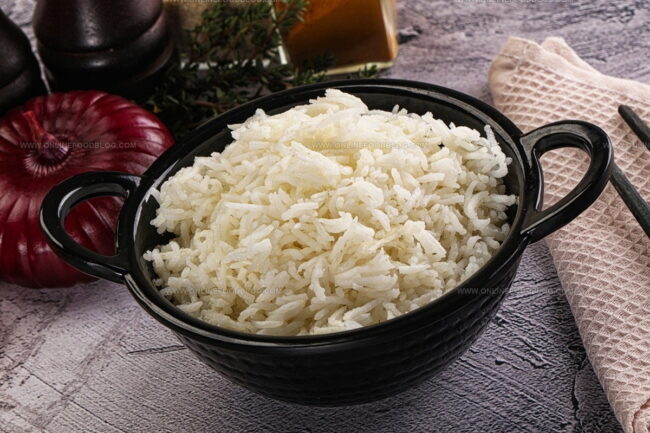
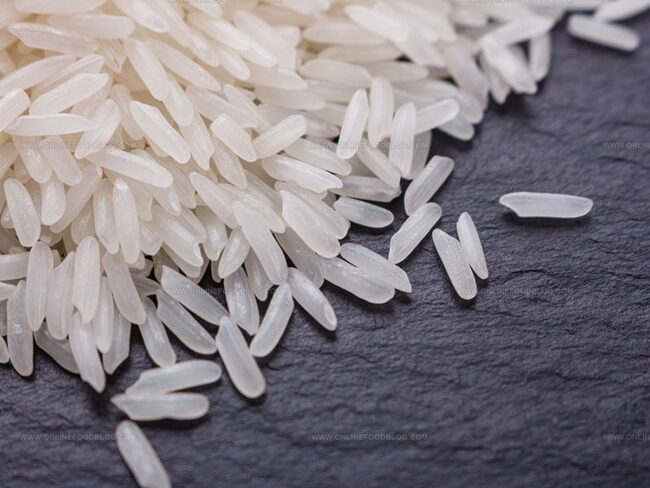
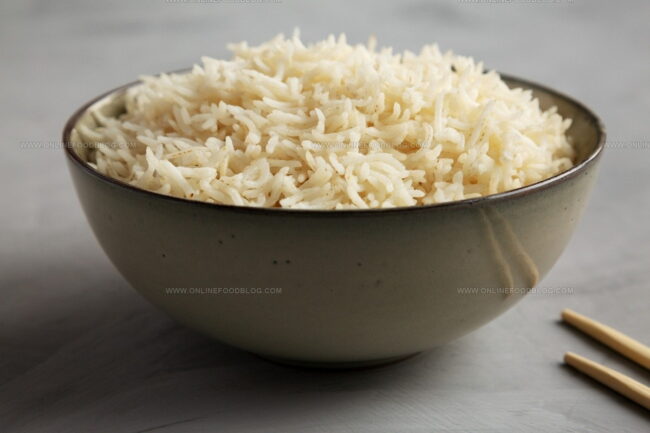
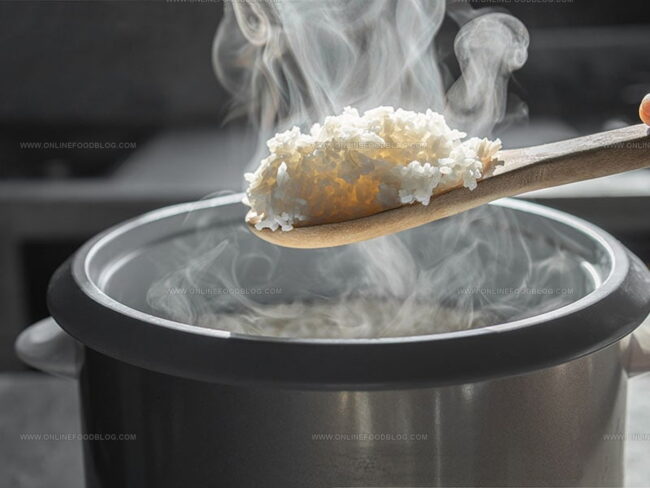
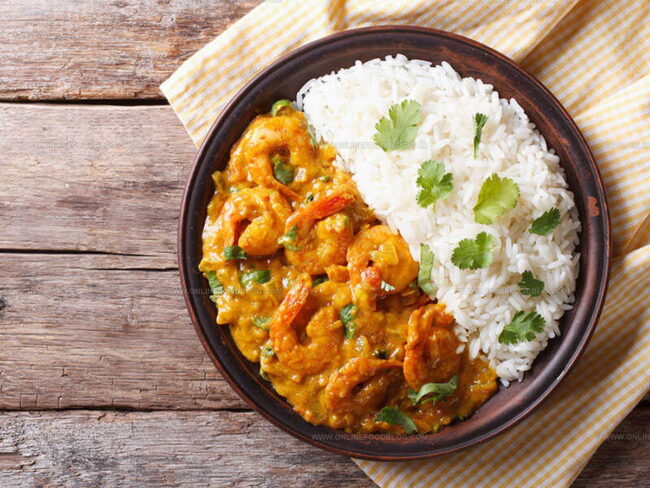
Mia Reynolds
Food Writer & Home Cooking Specialist
Expertise
Easy Home Baking, Recipe Writing and Storytelling, Local and Seasonal Ingredients, Baking for Beginners
Education
New England Culinary Institute (NECI), Montpelier, Vermont
Community College of Vermont, Winooski, Vermont
Mia Reynolds fell in love with baking as a teenager experimenting in her family kitchen. Her passion took her to New England Culinary Institute, where she learned practical pastry techniques, and later to Community College of Vermont to deepen her understanding of food management.
Mia combines clear, simple baking instructions with heartwarming stories, making home baking approachable for everyone.